7 Skincare Application Mistakes You're Probably Making and How to Avoid Them
One of the biggest misconceptions people have about skincare is that products alone can transform your skin. However, as a qualified aesthetician who spends a significant amount of time cringing at the product (mis)use I see on TikTok and Instagram, I’m here to tell you that while, yes, the choice of products you use does have an impact, more importantly, it’s how you use your products that really counts.
From patting your serums into your skin to layering your moisturiser on top of damp skin to improve absorption, application techniques really do make all the difference when it comes to getting the most out of your skincare. But the truth is you might have unintentionally fallen into some bad habits that could be limiting the impact of the products and ingredients you’re using.

So what skincare application mistakes are important to avoid? Covering everything from cleansing to masking, I spoke to skincare experts to get their advice on how to avoid the most common skincare application mistakes.
1. Applying products in the wrong order
"A common mistake people make with their skincare products is applying them in the wrong order,” says Heather Wish, skincare expert and education specialist for Paula’s Choice. "Applying your products in the wrong order can impact the way your product absorbs and ultimately the performance of the product,” she adds. "For example, if you ever apply a skincare product over your SPF, or worse mix another product in with your SPF before application, you are diluting your SPF, and your skin will not be fully protected.”
Likewise, if you were to apply a serum on top of your moisturiser, the thicker and creamier texture of the moisturiser would buffer the serum, preventing it from properly absorbing. "I see clients making this mistake frequently,” says skin expert and director at The Well Clinic Katie Parobek. "You should always layer products from lightest to heaviest texture; otherwise, you’re preventing them from working effectively,” she adds. "For example, toners should always be applied before serums since they work to prepare the skin for the rest of your skincare products.”
So (after cleansing), start with toners and essences, then serums, followed by creams, and finally balms or oils.
2. Not double cleansing
Any skincare expert or dermatologist will tell you that cleansing is the cornerstone to a good skincare routine. According to Wish, starting with a clean face allows the skincare products you use afterwards to work even better. "Skipping this essential step can lead to clogged pores, dry patches, puffy eyes and redness,” she adds. But sometimes it takes more than a quick cleanse to efficiently remove makeup and impurities from the skin. Both Wish and Parobek recommend double cleansing, which involves cleansing first with an oil-based cleanser (to break down oils on your skin and in your makeup), then following up with a water-based cleanser for an efficient deep cleanse.
"Apply a small amount of cleanser to your face using gentle, circular motions and rinse well,” Wish advises. "If you’re wearing heavy makeup, repeat this step or use a clean washcloth to fully remove it.”
Shop cleansers for double cleansing:
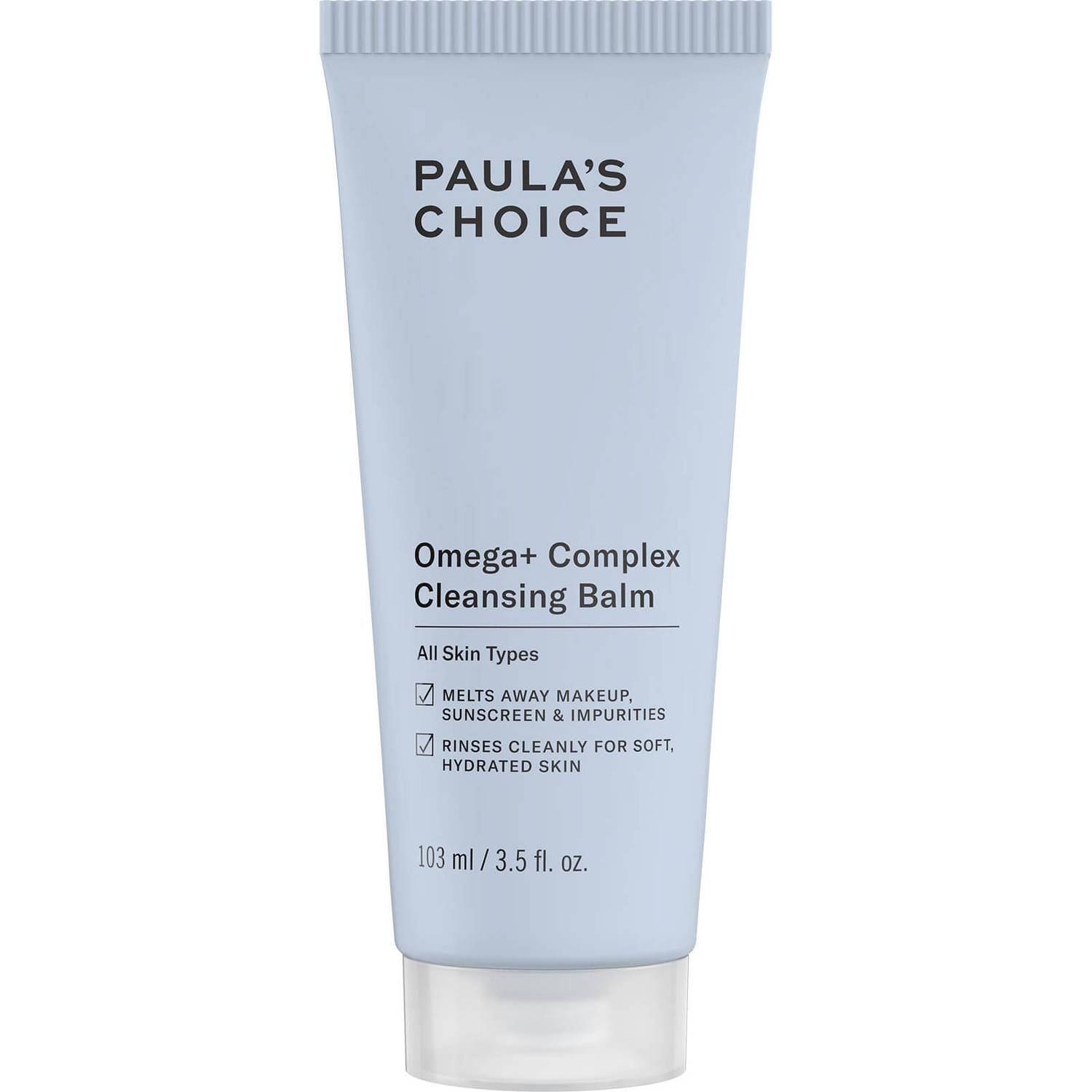
Perfect for your first cleanse, this nourishing cleansing balm melts away makeup, SPF and impurities, without stripping skin.
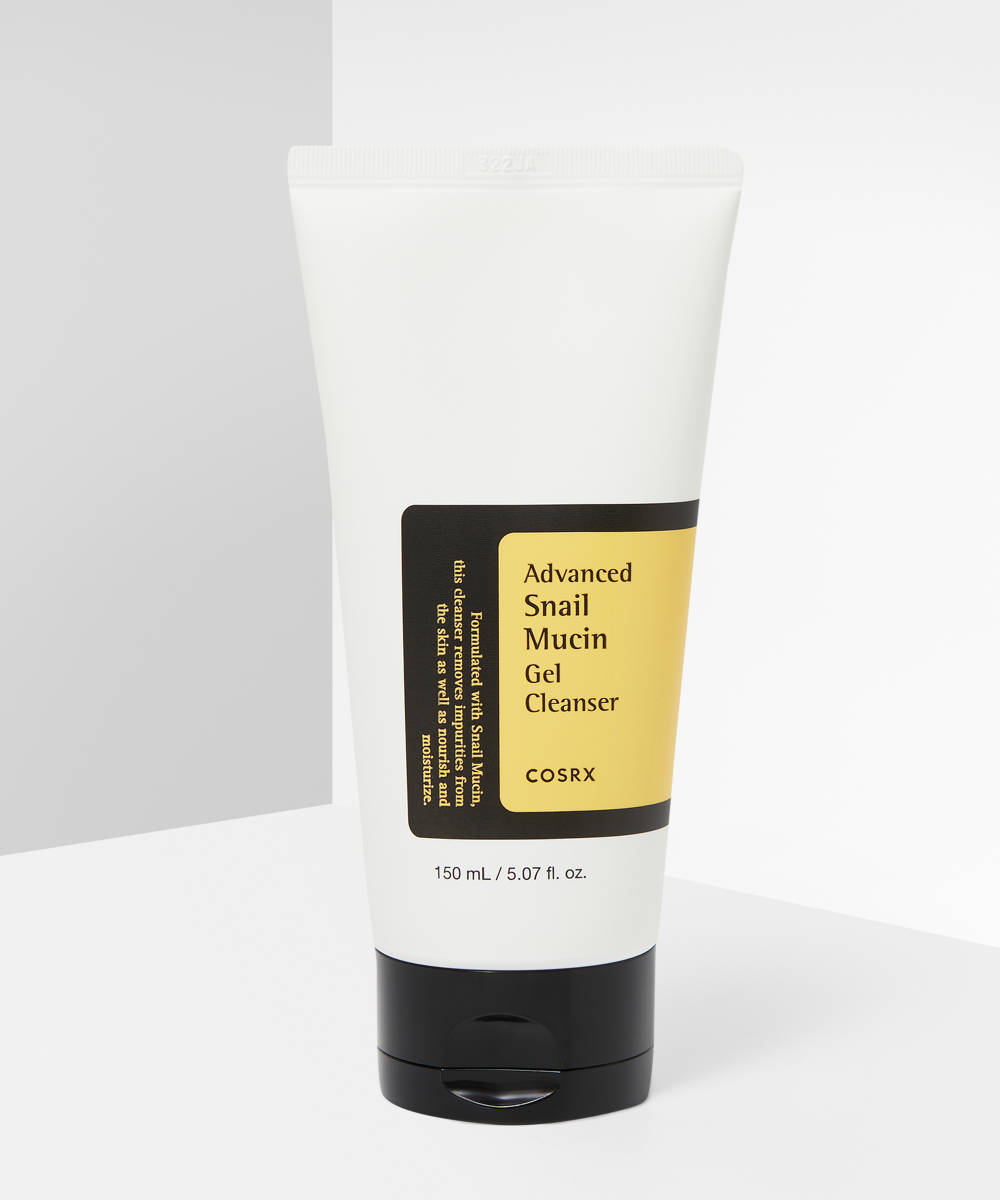
For your second cleanse, a gentle gel formula like this one will remove any lingering makeup or oily residue while deep-cleansing the pores to ensure skin feels super clean.
3. Applying moisturiser to dry skin
A common mistake people make when applying their skincare is allowing each layer to absorb before applying the next one. While this is the correct procedure to follow with active ingredients, like retinoids and acids, if you’re applying hydrating products, such as mists, hyaluronic acid serums and moisturisers, then it’s important to apply products in quick succession. When skin is still damp, you’re allowing that moisture to pull hydrating ingredients from your next product deeper into the skin, and if you have dry or dehydrated skin, you’ll really notice the difference. "Moisturisers lock in the serums so should always be the finishing step,” says Parobek. "They won’t be delivering the most hydration, as they are too thick to penetrate the deeper layers of the skin, but they do seal the moisture in.”
Shop hydrating products for layering:
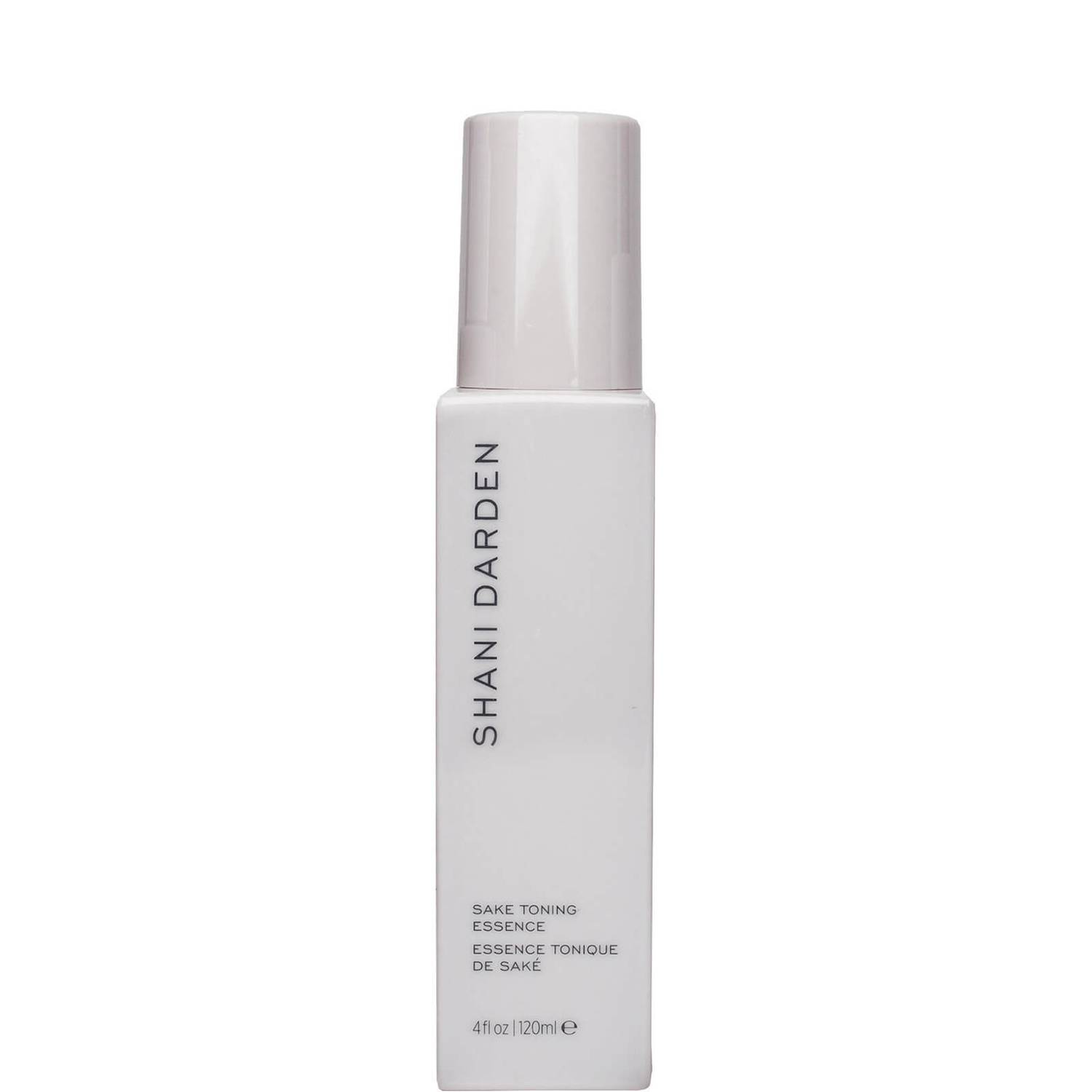
After cleansing, start by dampening your skin with a hydrating face mist like this one. Packed with antioxidants, this soothing spray will also help to target the appearance of pores and dull skin.
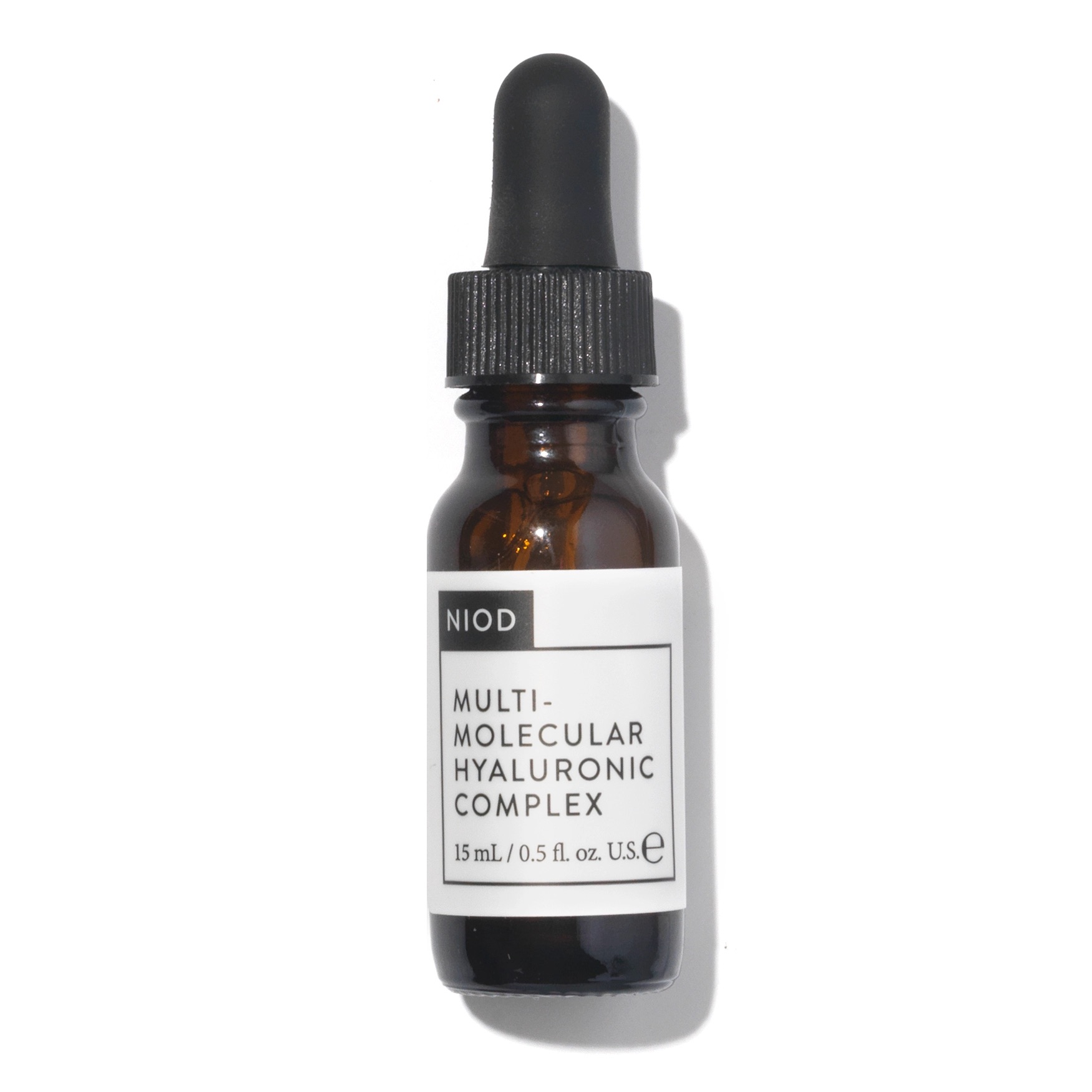
While your skin is still damp, press on a hydrating serum. Look for ingredients like hyaluronic acid, which work by drawing moisture into the skin. This particular formula contains 15 different hyaluronic compounds to add moisture to multiple layers of the skin.
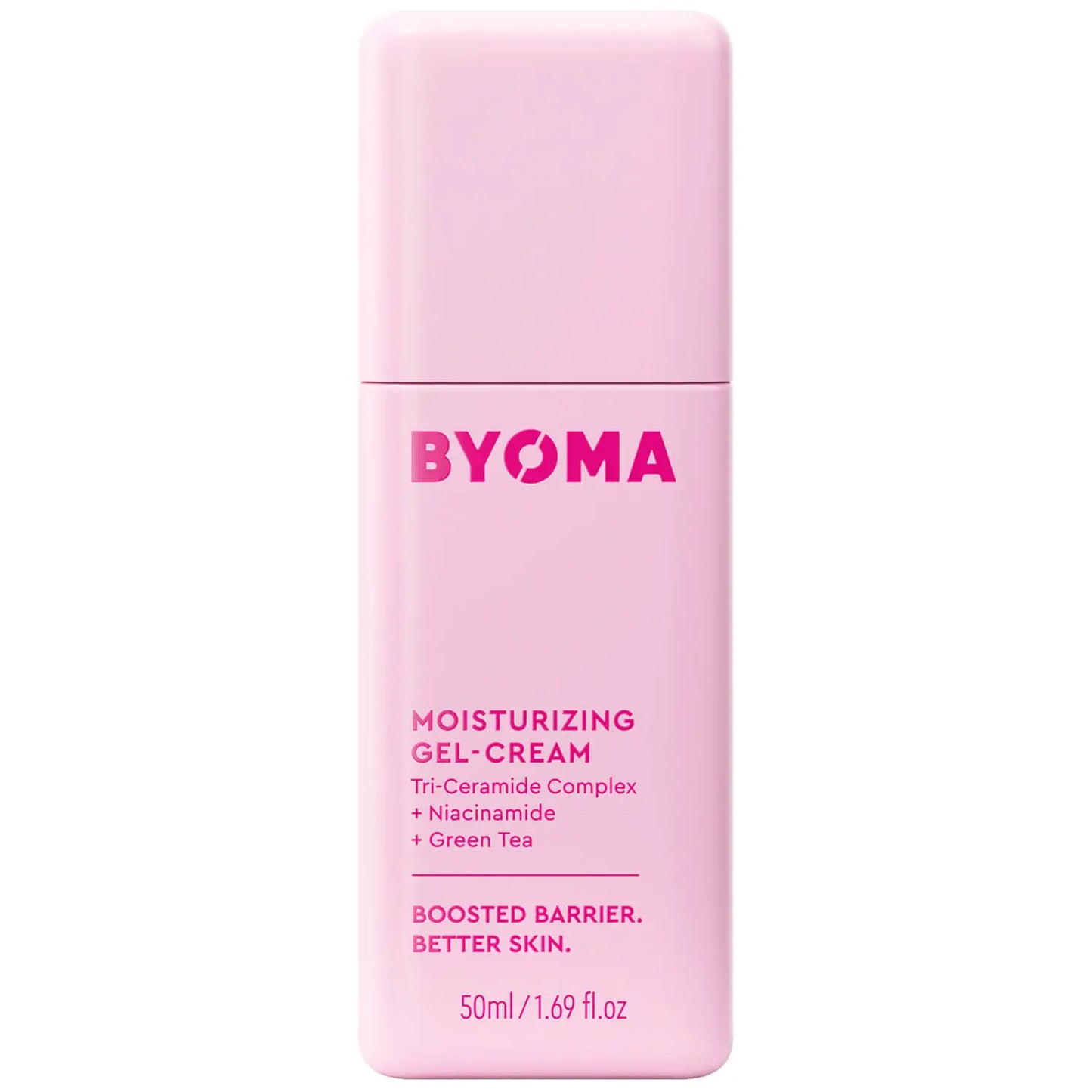
Finally, seal in the hydration with your moisturiser. This light gel-cream formula is packed with powerful hydrators like ceramides and niacinamide to support a healthy skin barrier.
4. Using the wrong water temperature
"If the water you’re using to wash your skin is too hot or ice cold, you could be stripping your skin of it’s natural oils,” explains Wish. "This leaves it feeling dry and tight whilst also increasing sensitivity.” Instead, ensure that any water that comes in contact with your face is tepid or lukewarm most. This will be especially beneficial to those with naturally dry or sensitive skin.
5. Leaving masks on for too long
Longer doesn’t necessarily mean better, and that’s especially true when it comes to face masks. Since the length for application varies by mask, Wish recommends always checking the product’s individual instructions to know how long it should be left on skin, and don’t be tempted to leave it on for any longer. If the mask is clay-based, then it can end up drying your skin out by absorbing too much moisture from your skin, which can lead to increased sensitivity and even a stripped skin barrier.
Likewise, masks that contain powerful exfoliating ingredients like glycolic and salicylic acids can cause irritation and increased sensitivity if left on the skin for too long. If you suspect that you’ve overdone it with a face mask, avoid using active ingredients for a few days and focus on deep hydration and soothing, calming products.
Shop face masks:
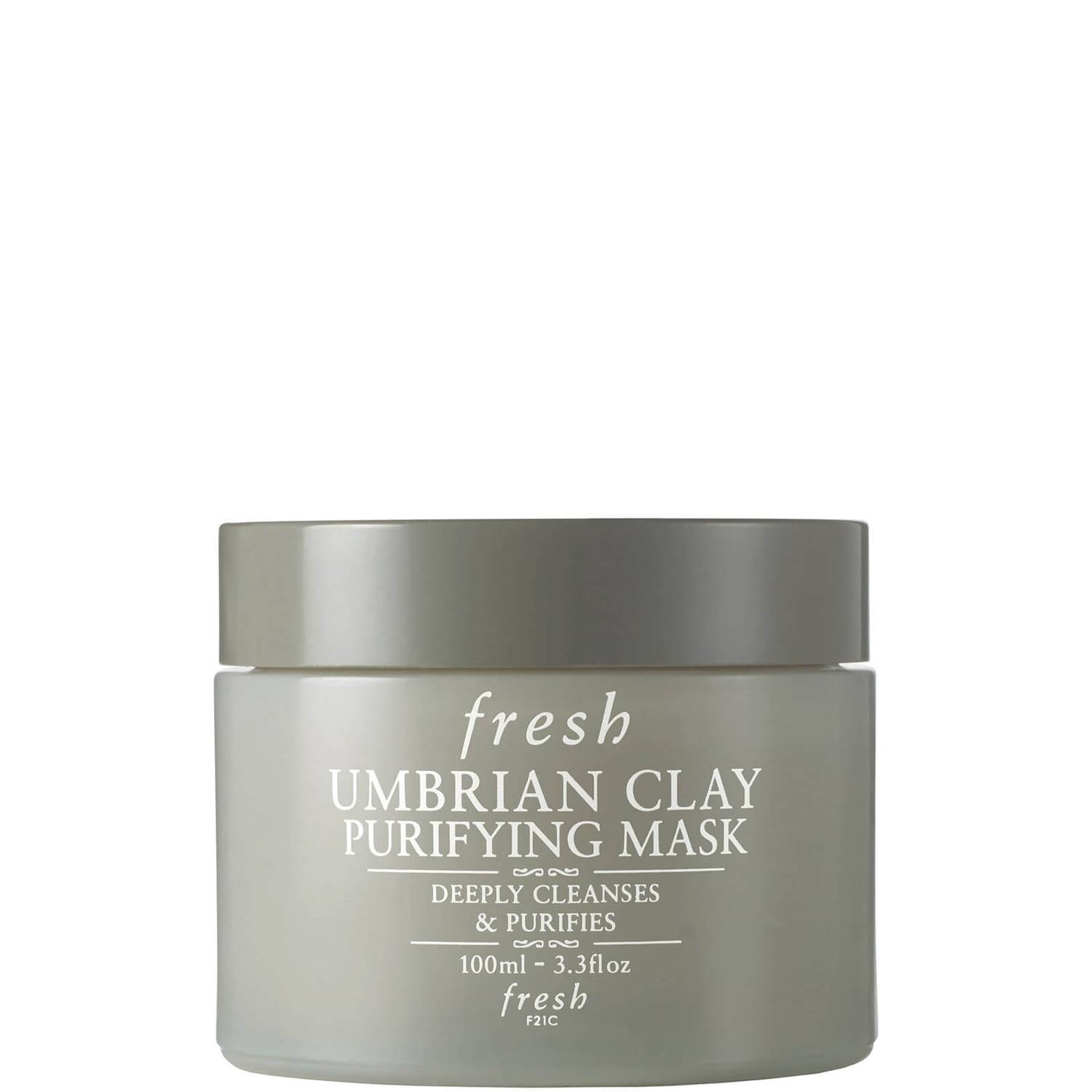
A classic clay mask with a smooth and creamy formula. This mask is made with soft Umbrian clay, which melts off easily when it comes to removal, no scrubbing required.
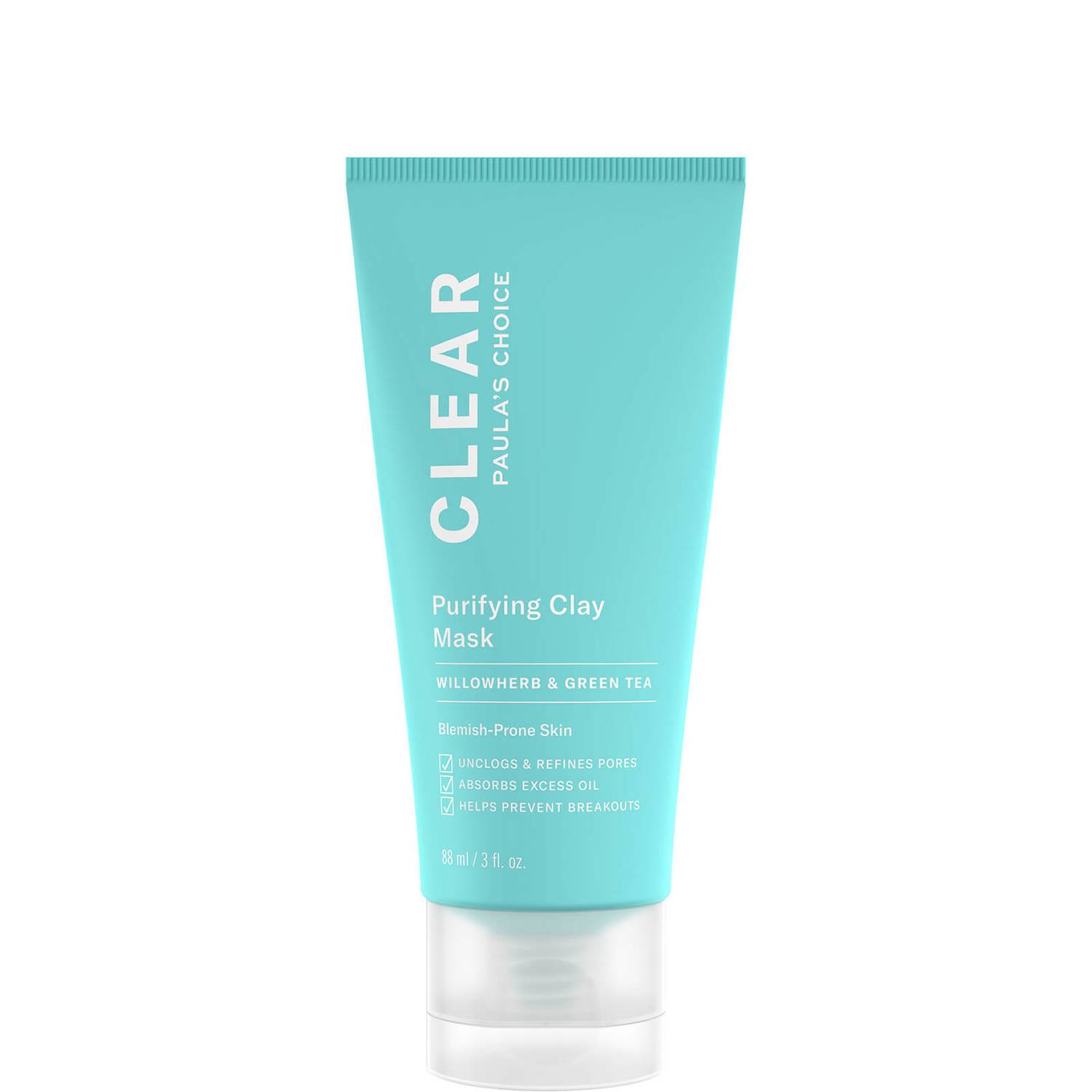
Packed with multiple types of clay, as well as clarifying salicylic acid and soothing green tea, this hardworking clay mask helps to absorb excess oils and impurities. Perfect for a once-a-week deep cleanse.
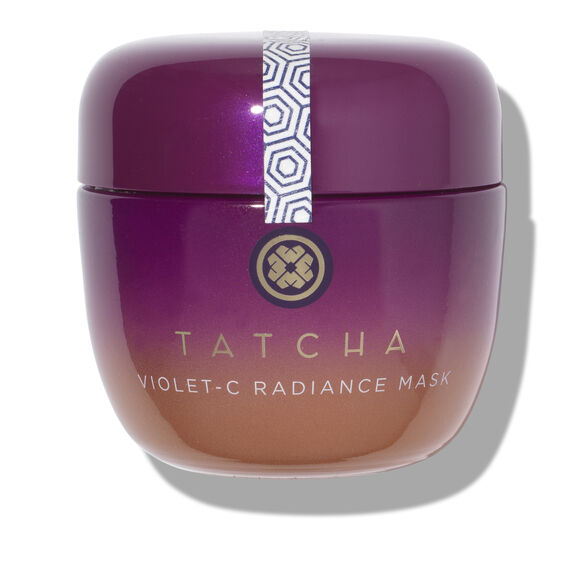
Skin looking a little dull? This brightening and resurfacing mask is boosted with two types of vitamin C as well as mild fruit acids to gently but effectively remove dead skin cells, targeting both skin tone and skin texture.
6. Massaging products too aggressively
Massaging products into your skin is an almost instinctual habit, but be wary of pulling and tugging at your skin too aggressively. "This does not help the product absorb, and it doesn’t really benefit skin,” says Wish. "In fact, it can cause friction, stretch the skin and break down collagen and elastin, which will cause wrinkles and sagging skin.”
While creams and oils have smooth, thick textures that provide good "slip” for massage, which prevents pulling, toners and serums have thinner textures that tend to absorb quickly so are best applied in pressing and patting motions. It’s important to be especially mindful of this when applying product to the eye area, since the skin here is very thin and delicate and creases easily. "Eye cream should be applied in gentle sweeps and pats around the orbital bone,” advises Wish. "Take extra caution to not move the skin too much.”
7. Layering too many active ingredients
Speaking of active ingredients, it’s important to remember that many ingredients have contraindications, which means they can’t be applied in the same routine as each other. "The right ingredients won’t be as effective, so the maximum benefits cannot be gained, and it makes any investment a poor use of your money in the end,” says Parobek. "Plus, mixing potent ingredients when they aren’t intended to be used together can damage the skin barrier, resulting in irritated and sensitised skin.”
If you want to see benefits from two powerful active ingredients, for example vitamin C and retinoids, Parobek recommends applying vitamin C in the morning and retinoids in the evening to avoid any issues.
Shop multitasking serums:
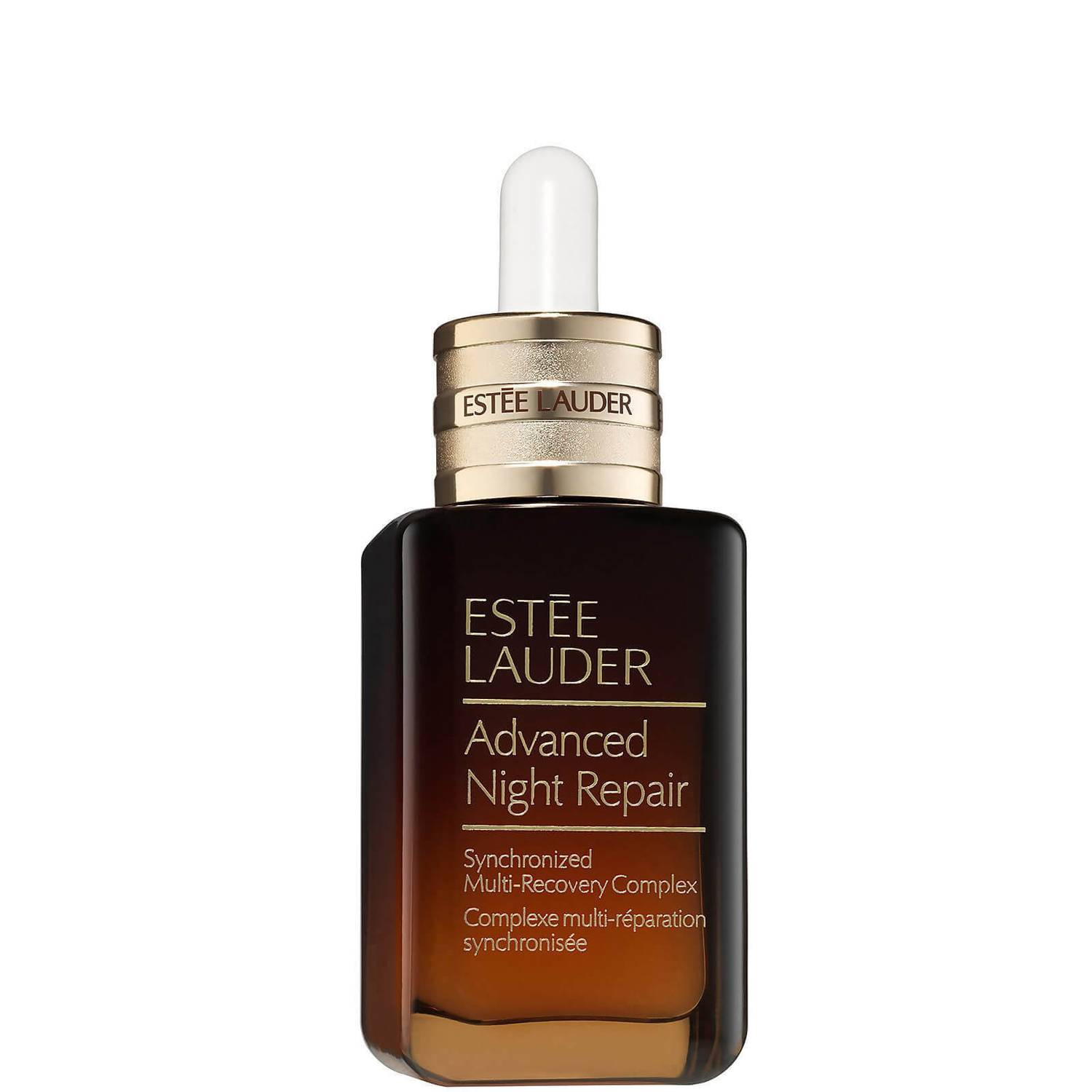
This iconic serum really does do it all. From hydrating to brightening, firming to smoothing, and everything in between, which makes it a great option for all skin types. It’s packed with powerhouse ingredients like hyaluronic acid, peptides and vitamin E.
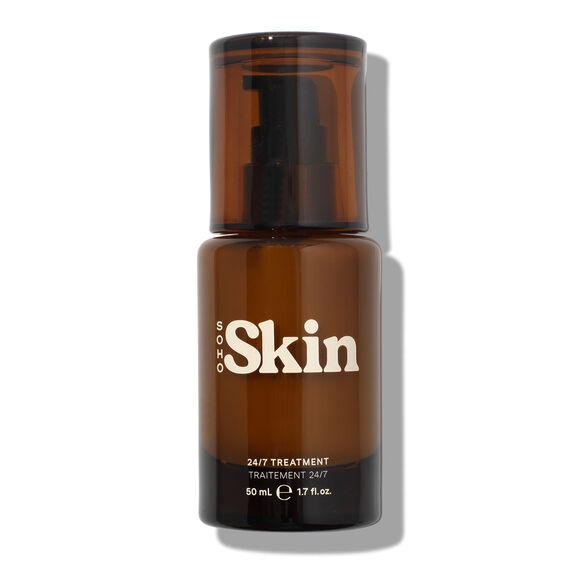
This multitasking serum is designed to lift and energise the skin. It contains a cocktail of active ingredients, including acids and vitamin C, but don’t worry—expert formulators have insured that the ingredients are combined in a safe and efficient way.
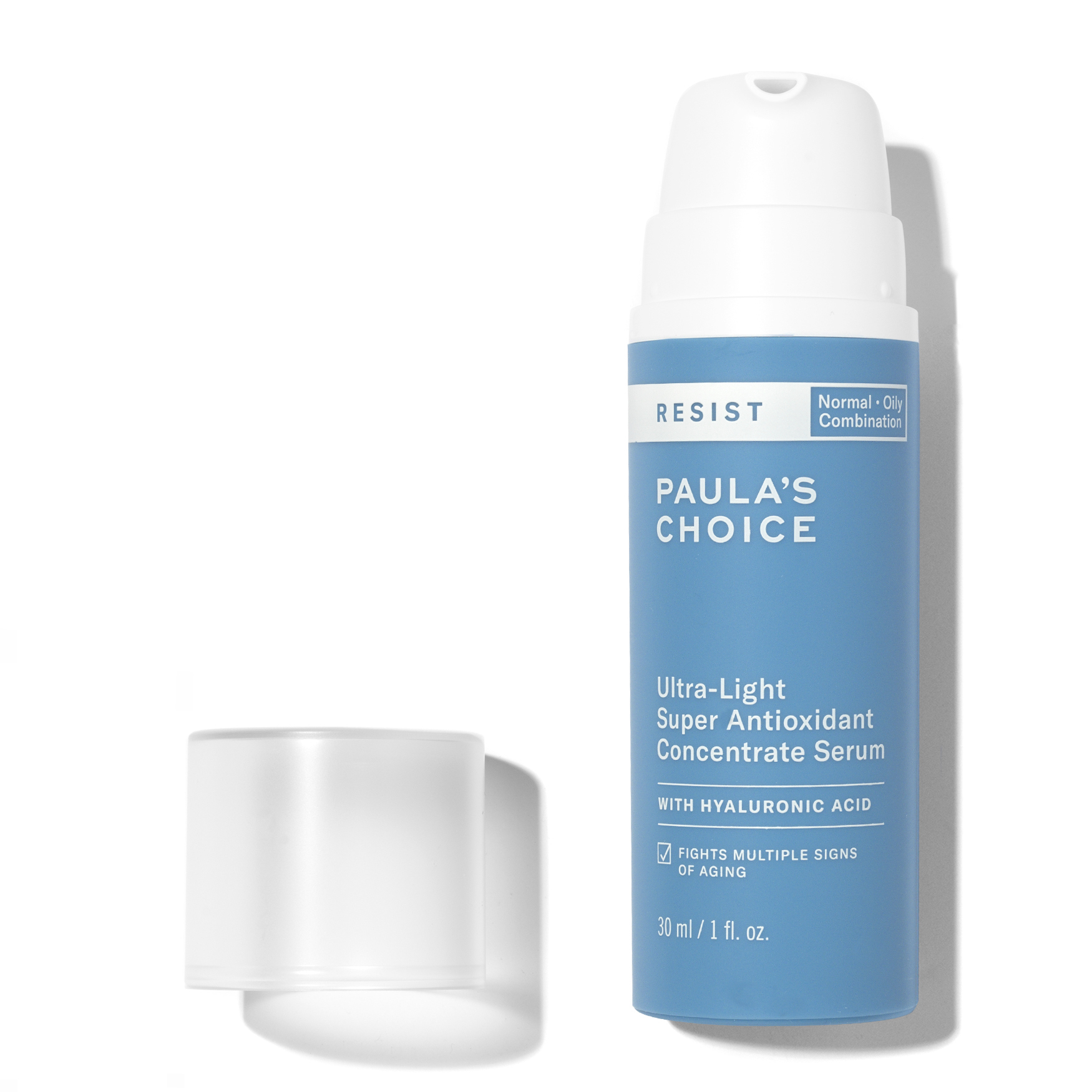
If you’re after an anti-aging serum, then you probably want to target multiple concerns at once, which calls for a serum that contains multiple active ingredients. This one combines a number of powerful antioxidants, including resveratrol, vitamin E and niacinamide.
Next Up: This Expert-Approved Technique Is Set to Be the Next Big Skincare Trend
Grace Day is a beauty editor and content creator. She has over 10 years of beauty-industry experience, spanning editorial, retail, and e-commerce, which gives her a unique understanding into how people shop for their beauty routines.While studying for a history degree (specialising in the history of beauty) and working as a beauty adviser in department stores, Grace started writing her own beauty blog in order to share the products she discovered while dealing with acne. After graduating, she moved to Beauty Bay as beauty editor and content manager. Grace is currently a beauty contributor to Who What Wear. She has also written for Hypebae and PopSugar and works as a brand consultant and copywriter.